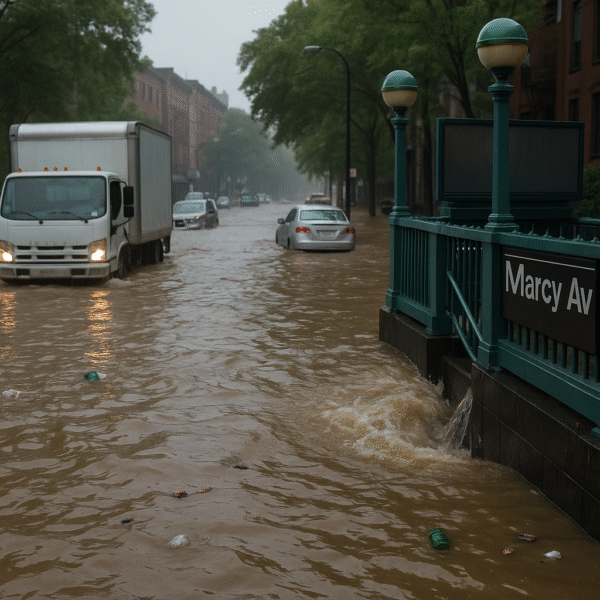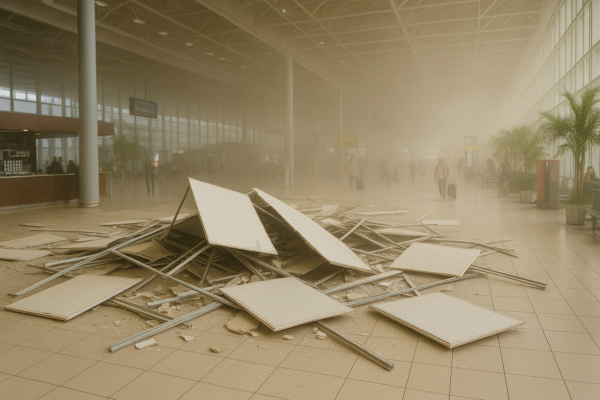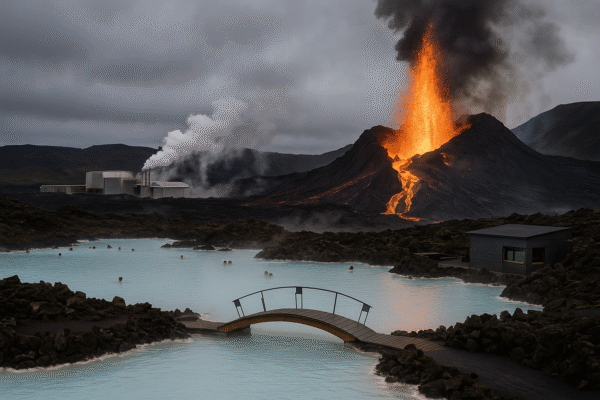A powerful 5.4 magnitude earthquake struck off the southern Mediterranean coast of Spain early Tuesday morning, triggering an urgent safety warning for Irish tourists and causing structural damage across parts of Andalusia, including a roof collapse at Almería Airport. Authorities confirmed the quake, which occurred near the coastal town of Níjar, was felt in over 300 municipalities across seven provinces, with tremors extending as far as North Africa.
The Spanish Geological and Mining Institute (IGME) reported that the earthquake’s epicenter was located approximately 20 miles offshore at a depth of 2.5 kilometers (1.5 miles), reducing its potential for catastrophic inland damage. However, the shaking was intense enough to cause panic and visible structural failures, particularly in Almería province.
One of the most critical incidents was reported at Almería Airport, where ceiling panels in the departures lounge café collapsed shortly after the quake. The falling debris created a large dust cloud and forced emergency personnel to cordon off the affected area. Fortunately, no injuries have been reported, but the airport remains under close inspection as safety checks are underway. Spanish airport authority Aena has advised passengers to verify flight schedules before arriving.
In nearby Huércal de Almería, a car dealership sustained damage to its roof, further underscoring the quake’s reach. Local residents across the region reported swaying chandeliers and rattling windows as the early morning tremor startled both locals and visitors. Video footage posted by residents showed the violent motion inside homes, with furniture visibly shifting.
Though this earthquake is stronger than the 2011 Lorca disaster—which killed nine people and injured dozens in Murcia—it caused less damage due to its offshore epicenter. Geologists from Spain’s National Geographic Institute emphasized that a similar tremor at a shallower depth or closer to urban centers could have resulted in far more significant destruction.
Following the event, Spain’s Civil Protection Agency activated emergency response protocols, issuing alerts to emergency services across Andalusia and neighboring provinces. More than 70 hospital patients in vulnerable wards were preemptively relocated to safer facilities. Authorities stressed this was a precautionary measure amid fears of aftershocks, which remain a possibility in the coming days.
A mass mobile emergency alert was also dispatched to residents and visitors in Almería and Granada provinces, providing real-time safety advice. These alerts warned the public to stay away from damaged buildings, remain cautious around unstable infrastructure, and wear shoes indoors to avoid injury from falling objects or debris.
The Embassy of Ireland in Madrid quickly issued a travel advisory urging Irish nationals to stay informed, follow local guidance, and exercise heightened caution. With southern Spain being a popular summer destination for Irish tourists, especially the Andalusian coast and Costa de Almería, the travel alert aims to protect visitors amid evolving safety conditions.
The Spanish Meteorological Agency (AEMET) also issued a red-level weather warning in parts of Andalusia, citing a potential for combined seismic and meteorological hazards. Unsettled atmospheric conditions, combined with ongoing seismic activity, could disrupt both ground transportation and air travel in the affected regions.
Despite the magnitude of the quake, Almería Airport remains operational, though with partial closures and infrastructure checks in progress. No major flight delays have been recorded as of now, but authorities continue to monitor the terminal closely. Travelers are encouraged to remain in contact with airlines and check for updates via Spain’s official air navigation website and tourism advisory channels.
Spain is situated along the Eurasian-African tectonic plate boundary, making its southern coast particularly susceptible to moderate seismic activity. While most earthquakes in the region are minor, Tuesday’s tremor stands out as one of the most powerful in recent memory.
Tourism officials and civil authorities are now working jointly to ensure that both residents and visitors can remain safe while recovery and inspection efforts unfold. Visitors are reminded to respect cordoned-off areas, follow the instructions of local authorities, and prioritize safety when navigating damaged or potentially hazardous zones.
As seismic monitoring continues, residents and international tourists—especially those from Ireland and the UK—are advised to remain updated through official sources including the Spanish Civil Protection Agency, AEMET, and the Irish Department of Foreign Affairs.
The recent earthquake serves as a stark reminder of the unpredictable power of natural events, especially in tourism-heavy coastal zones. With aftershocks still possible, the situation remains dynamic. Travelers heading to or currently in southern Spain should maintain a cautious approach and heed all official advisories.
For more travel news like this, keep reading Global Travel Wire
















